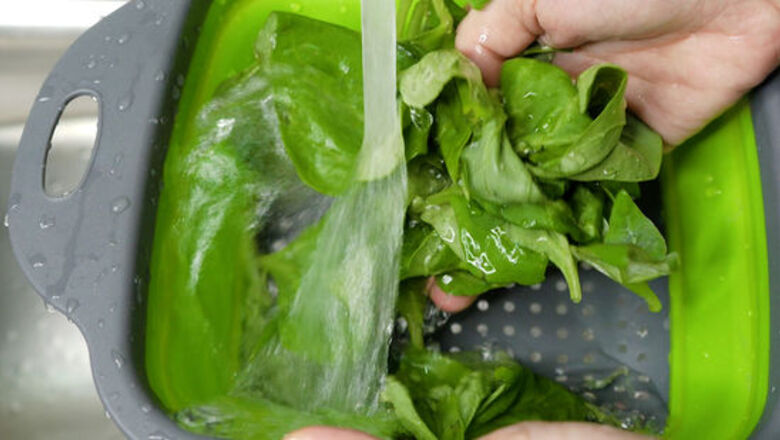
views
Storing Vegetables in the Fridge
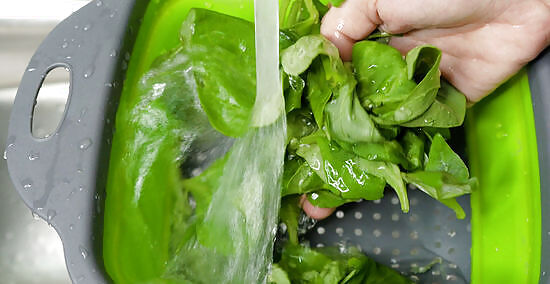
Wash and completely dry veggies before placing them in the fridge. Washing removes bacteria and other contaminants from the surface of the vegetable. Lay vegetables out on a paper towel or the counter to dry. Before you place them into storage, however, make sure they are completely dry so that excess moisture doesn't allow the vegetable to begin to spoil.
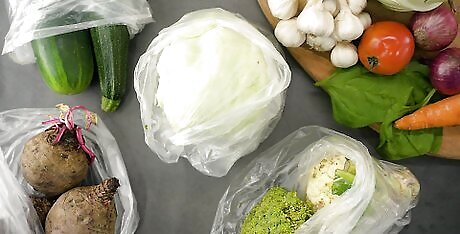
Keep vegetables with other, similar vegetables. If you keep your vegetables in bags in your refrigerator, do not mix the types of vegetables inside of a single bag. If you do not use bags, keep types of vegetables—like root vegetables, leafy greens, cruciferous (like broccoli or cauliflower), marrow (zucchini, cucumber), legume vegetables (green beans, fresh peas)—together.
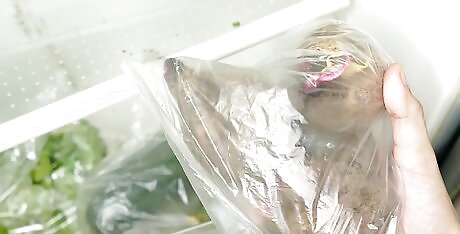
Separate vegetables that wilt from those that rot with humidity drawers. Most fridge's have a high-humidity drawer and a low-humidity drawer with settings that allow you to control the humidity levels. Most vegetables belong in the high humidity drawer because they begin to wilt otherwise. This drawer locks in moisture without allowing the veggies to become excessively damp. The low-humidity drawer will mostly contain fruits, but some vegetables like tomatoes and potatoes can be kept in here.
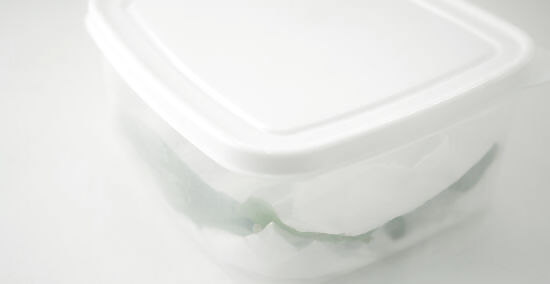
Store leafy greens like lettuce and spinach by keeping them dry and contained. Rinse the leaves off before to remove any bacteria that could lead to spoiling. Let them dry completely before storing in the fridge. Loose leafy greens should be wrapped in a paper towel and placed into a sealed bag or container.
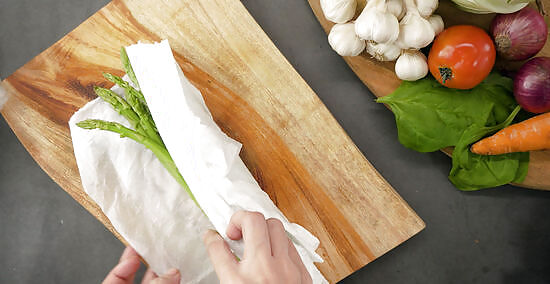
Trim asparagus and then wrap in a damp paper towel. Place in an airtight container away from other vegetables that could come into contact with the moisture.

Keep root vegetables like winter squashes, onions, or mushrooms in a cool, dark place. These do not need to be refrigerated. Make sure they stay dry and out of direct sunlight, as this could allow bacteria or mold growth.

Keep your vegetables away from ethylene-producing produce. Some vegetables and many fruits produce ethylene gas, which can cause many other vegetables to spoil more quickly, though some are unaffected. Store ethylene-sensitive vegetables away from etylene-producing ones. Ethylene-producing fruits and vegetables include apples, avocados, bananas, peaches, pears, peppers, and tomatoes. Ethylene-sensitve vegetables include asparagus, broccoli, cucumber, eggplant, lettuce, peppers, squashes, and zucchini. The humidity drawers are an easy way to separate vegetables from ethylene-producing produce.

Keep vegetables in the fridge for 7 to 12 days. Different vegetables spoil at different rates, and knowing approximate times can help you to make sure you use them before the vegetables go bad. Remember when you purchased the vegetables and keep a note on how long they have been in your fridge.
Watching for Signs of Expiration
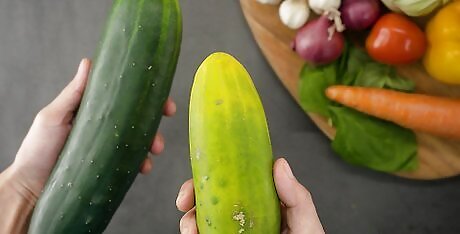
Check for changes in color. Many veggies begin to lose their coloring as they start to go bad. Vibrant greens and yellows will fade into paler hues, and shades of dark brown or black could appear. If your vegetables begin to change color, they have passed their prime and should be used immediately or thrown out.
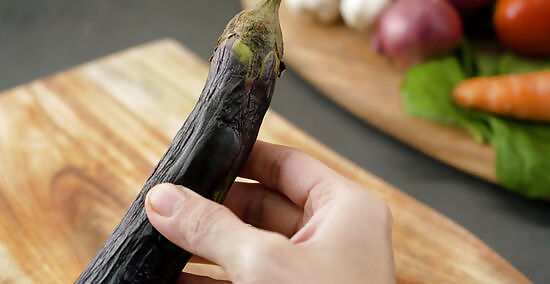
Feel the vegetables for changes in texture or density. As the vegetables begin to go bad, many will become soft to the touch and may cave in when you push your finger into them, much like a bruised apple. Other vegetables may become wrinkly. Remember what your fresh produce felt like when you purchased it, and then compare that to how it feels when you check on it; if there is a large difference, you may want to toss it.
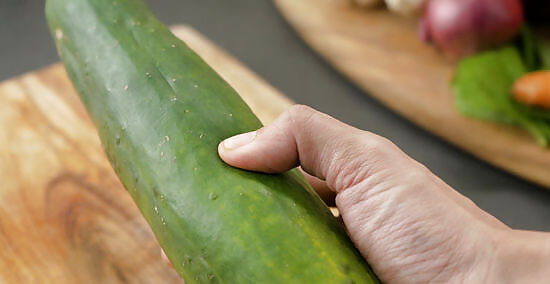
Look for signs of mold growth on the vegetable. Though molds typically grow in warm environments, they can also be found on vegetables that are kept in the fridge. If you see discoloration and soft growths on your veggies, or if they smell musty, this could be a sign that mold has begun to grow. If mold is found on firm vegetables cut 1 inch (2.5 cm) around the mold with a knife, being careful not to touch the knife to the mold, and discard the moldy section. Soft vegetables should be discarded if mold is found on or in them.
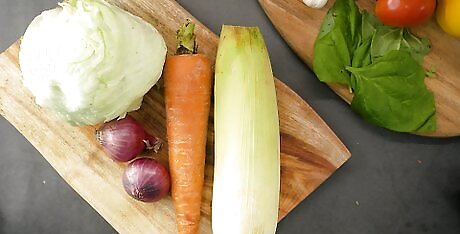
Use whole vegetables at a time while preparing meals. Vegetables that are sliced into or chopped up are more likely to spoil quickly in any environment due to exposure to air and moisture when placed back into the fridge, even with proper storage techniques.
Establishing Good Purchasing Habits
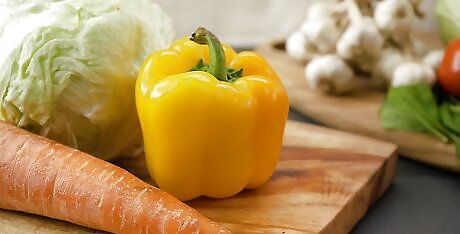
Buy only the amount of vegetables that you will need. By purchasing a limited amount of vegetables, you will not have a surplus of foods that sit in your fridge and spoil. Aim to get what you need for approximately one week's worth of meals. One way to achieve this is to plan on visiting the supermarket more frequently and buying small amounts of the vegetables any time you go.

Plan your meals for a period ahead of time. Meal planning and prepping ensures that you will use all of the vegetables you purchase and saves you from having a surplus that goes bad in the fridge. Also, having less individual items in the refrigerator keeps ethylene gas and moisture levels lower and lets more air flow between vegetables, keeping them fresh longer.

Purchase local, in season vegetables whenever possible. In-season vegetables grown locally have not spent a long time in transport, so they often last a little longer than those that have been shipped in from another, far-off location.
















Comments
0 comment